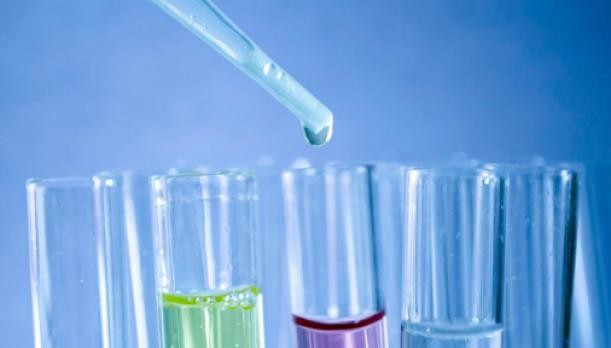The Coast Guard has set the 2021 minimum random drug testing rate at 50% of covered crewmembers because positive results crossed the 1% threshold for the third straight year. This contrasts with an earlier six-year stretch when the rate held at 25%.
“Intoxicated operations pose a serious threat to life, property and the environment in the maritime commons,” the Coast Guard said in a Federal Register notice published today. “As such, the minimum random drug testing rate is intended to deter and detect illegal drug misuse in the maritime industry.”
The agency did not give the amount over 1%.
Employers must submit test data for each calendar year by mid-March of the following year. Since 2018, mariners in safety-sensitive positions have been tested for semi-synthetic opioids in addition to marijuana, cocaine, amphetamines, phencyclidine (PCP), and opiates such as heroin.
Prompted by a growing national epidemic, the U.S. Department of Transportation in early 2018 added to its test list hydrocodone, hydromorphone, oxymorphone, and oxycodone, which the Coast Guard describes as the most common prescription drugs of abuse. Common names for these opioids include OxyContin, Percodan, Percocet, Vicodin, Lortab, Norco, Dilaudid and Exalgo.
Mariners who test positive for opioids have to provide a valid prescription to their medical review officer. If there’s a legitimate medical explanation, the employer will get a negative report. If not, the examiner will report a positive result, and the employer must take the mariner off safety-sensitive duties and notify the Coast Guard.
The rate was lowered to 25% in 2013 based on two years of results below 1%. Trade associations welcomed the change saying it would cut operators’ costs while not changing their commitment to drug-free workplaces.
The rate of positive drug tests among all U.S. workers hit a 16-year high in 2019, the latest results from Quest Diagnostics Drug Testing Index analysis show, with marijuana positivity up by double digits.
Positivity rates for the more than nine million workplace drug tests reviewed climbed to 4.5% — the highest level since 2003 and more than 28% higher than the 30-year low of 3.5% between 2010 and 2012, Quest said in its August report. The next report is due the end of May.
“There is no question that before Covid-19, rates of workplace drug positivity were trending in the wrong direction, based on our Quest Diagnostics data,” said Dr. Barry Sample, Quest’s senior director of science and technology. “The enormous strain caused by Covid-19 may prove to be an accelerant on this disturbing trend.” Positive marijuana urine tests rose from 2.8% in 2018 to 3.1% in 2019, compared to 2.4% in 2015. “Marijuana continues to be an enduring presence in the U.S. workforce. Changing attitudes toward its use could pose heightened risks especially in safety-sensitive positions and those states exploring legalization,” Dr. Sample said.




